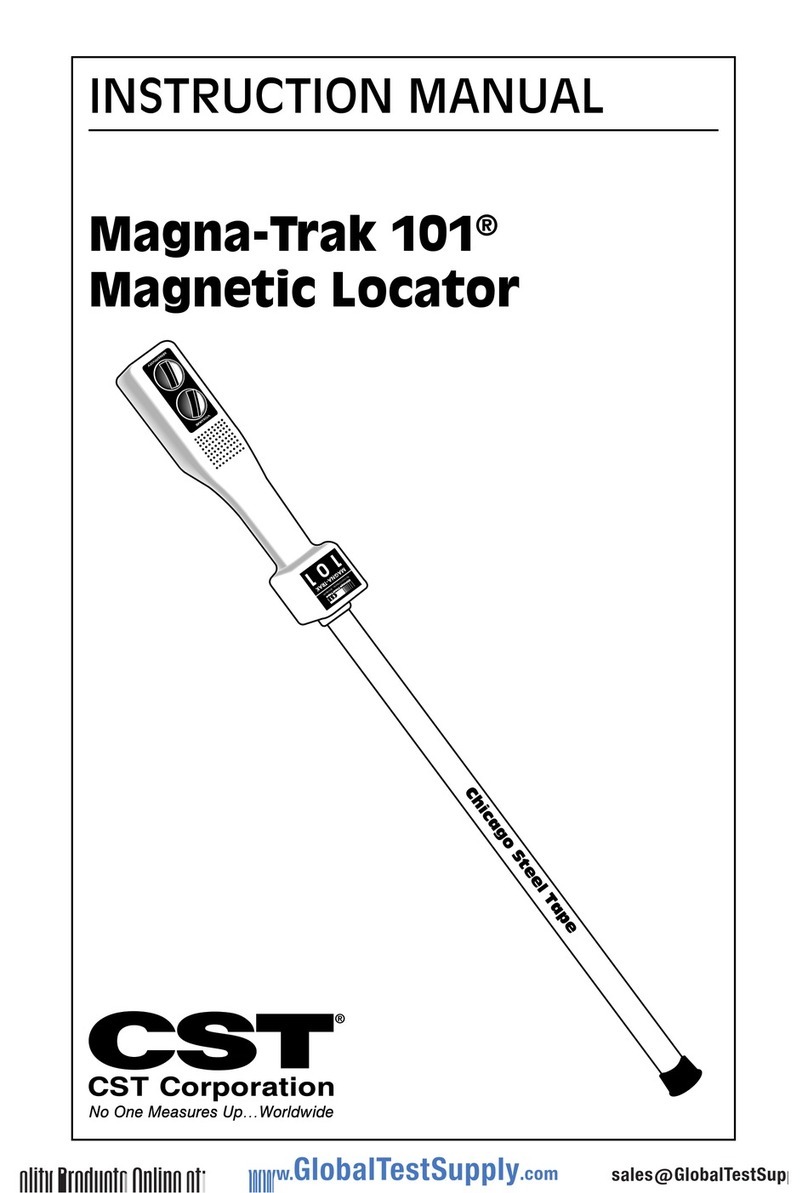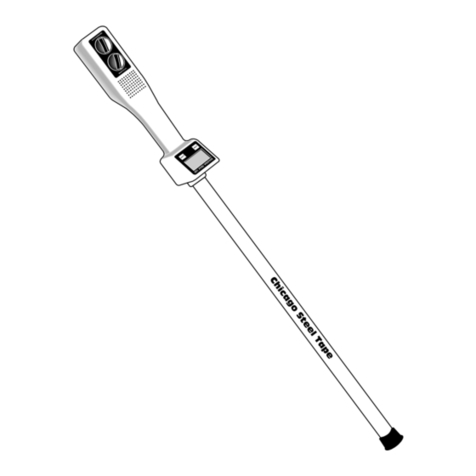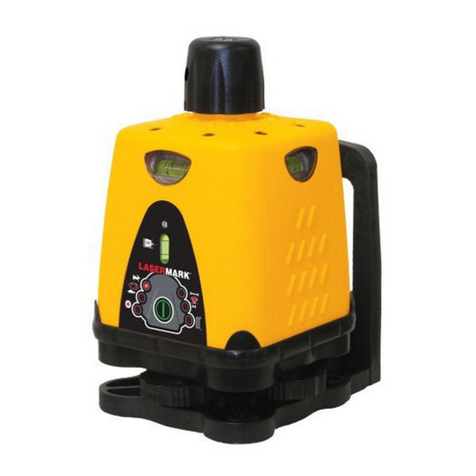CST Magna-Trak MT102 User manual












This manual suits for next models
2
Table of contents
Other CST Measuring Instrument manuals
Popular Measuring Instrument manuals by other brands
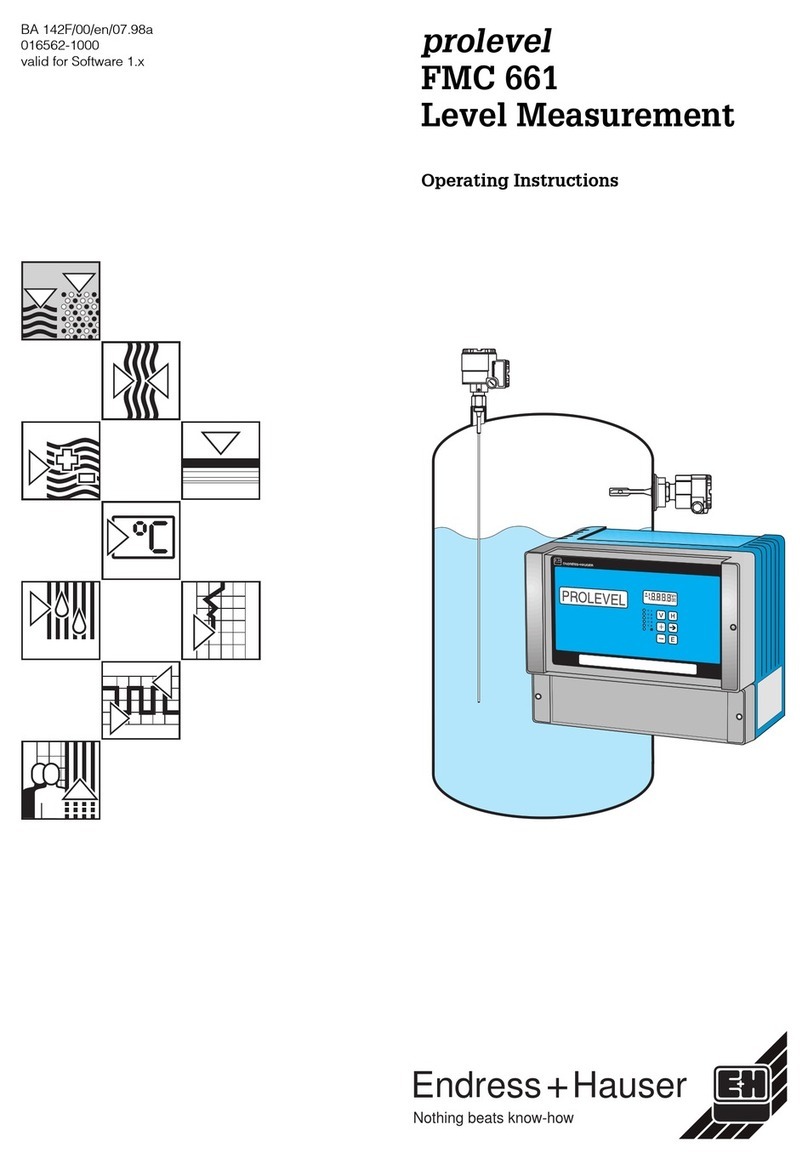
Endress+Hauser
Endress+Hauser prolevel FMC 661 operating instructions
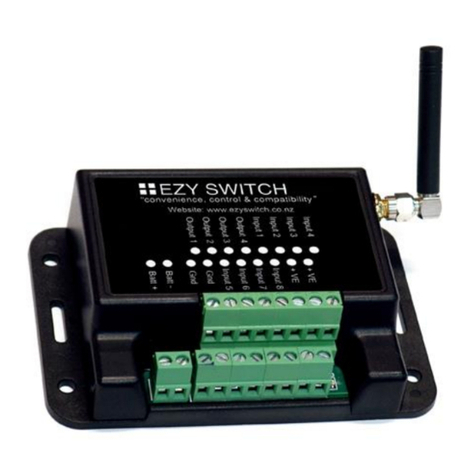
EZY SWITCH
EZY SWITCH SMS-IRR-4 installation manual
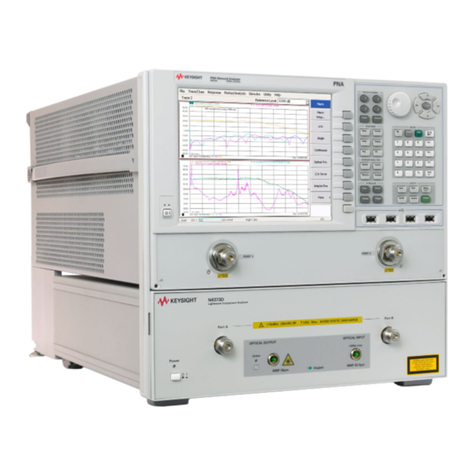
Keysight Technologies
Keysight Technologies N7373C Programmer's guide

Hein Lanz
Hein Lanz HL320 operating instructions

Kanomax
Kanomax DALT 6900 Operation manual
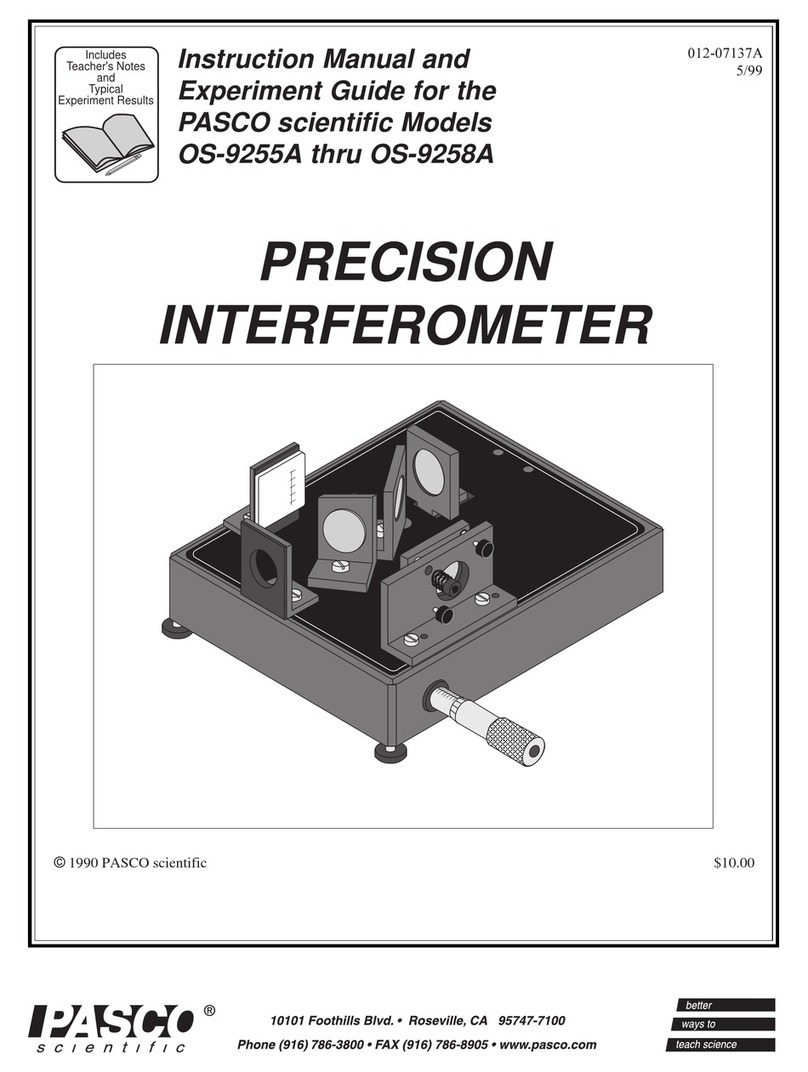
Pasco Scientific
Pasco Scientific OS-9255A Instruction manual and experiment guide
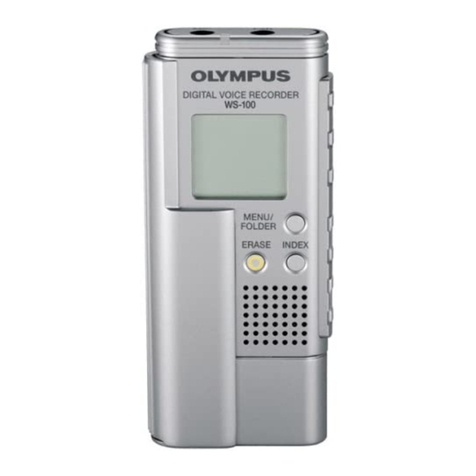
Olympus
Olympus WS 100 - 64 MB Digital Voice Recorder instructions
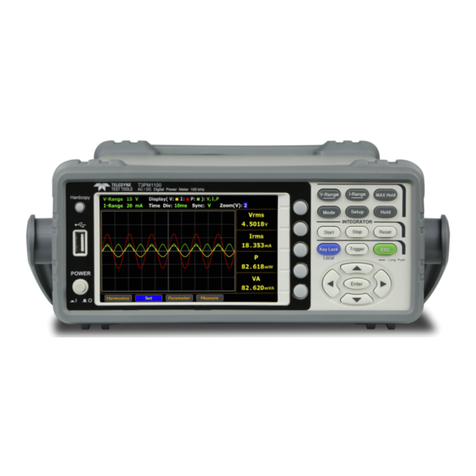
Teledyne
Teledyne Everywhereyoulook T3PM1100 user manual
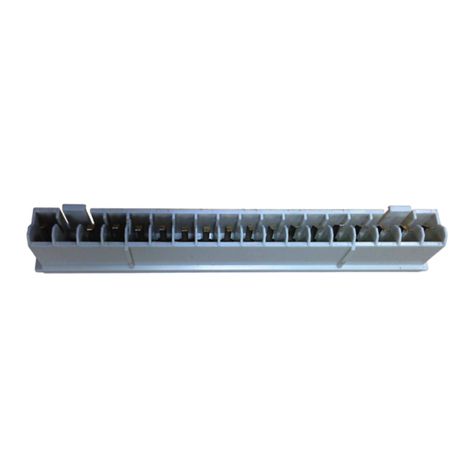
ABB
ABB ScreenMaster RVG200 manual
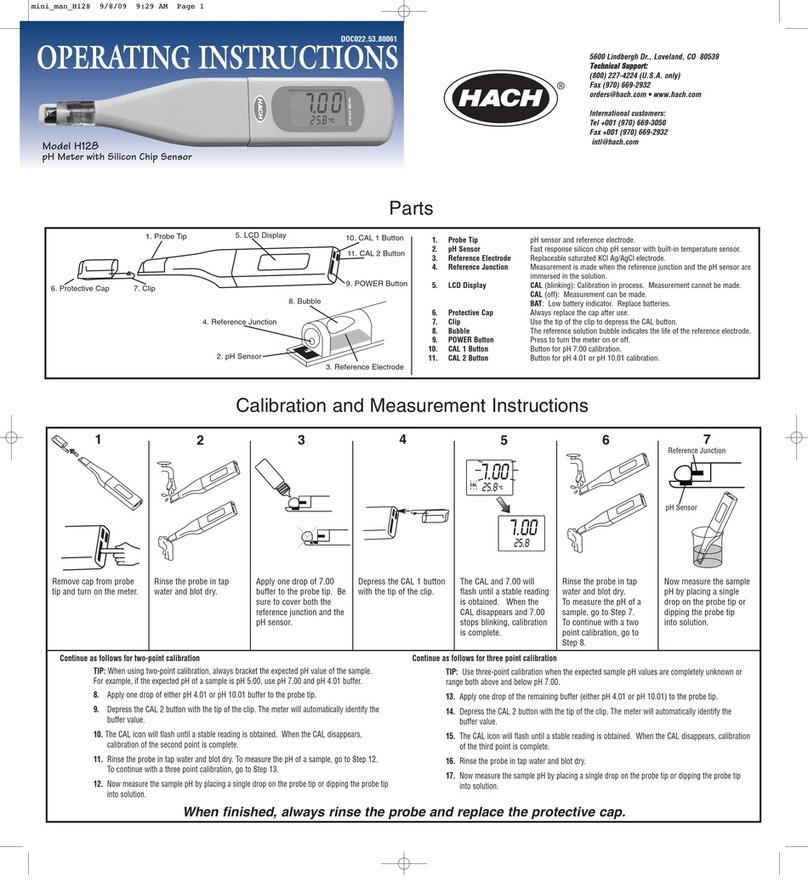
Hach
Hach H128 operating instructions

AEMC
AEMC 5100 user manual
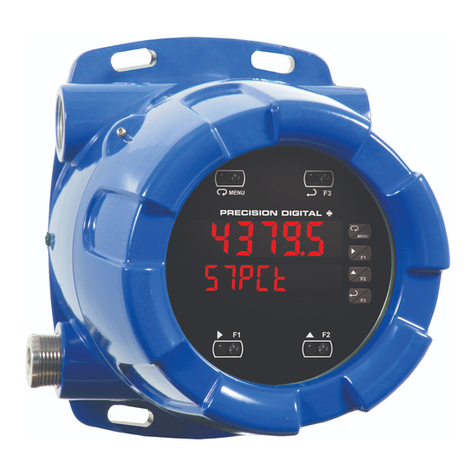
Precision Digital Corporation
Precision Digital Corporation ProtEX-MAX PD8-6000 instruction manual

Eurotron
Eurotron PTB 150 instruction manual

Velleman
Velleman CTC1000DS user manual

Camlab
Camlab CW6120 instruction manual
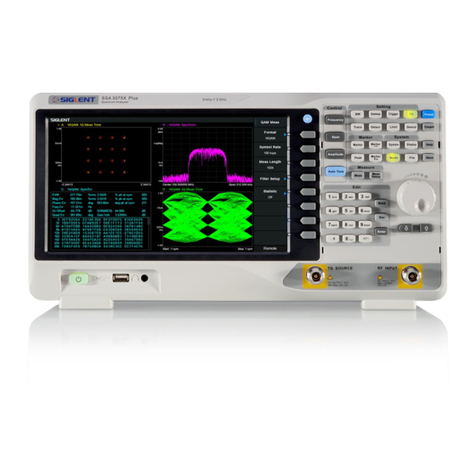
SIGLENT TECHNOLOGIES
SIGLENT TECHNOLOGIES SSA3075X Plus user manual

Agilent Technologies
Agilent Technologies 2100 Bioanalyzer System Maintenance and troubleshooting guide

Stanley
Stanley TLM65 Instrument Set-up
